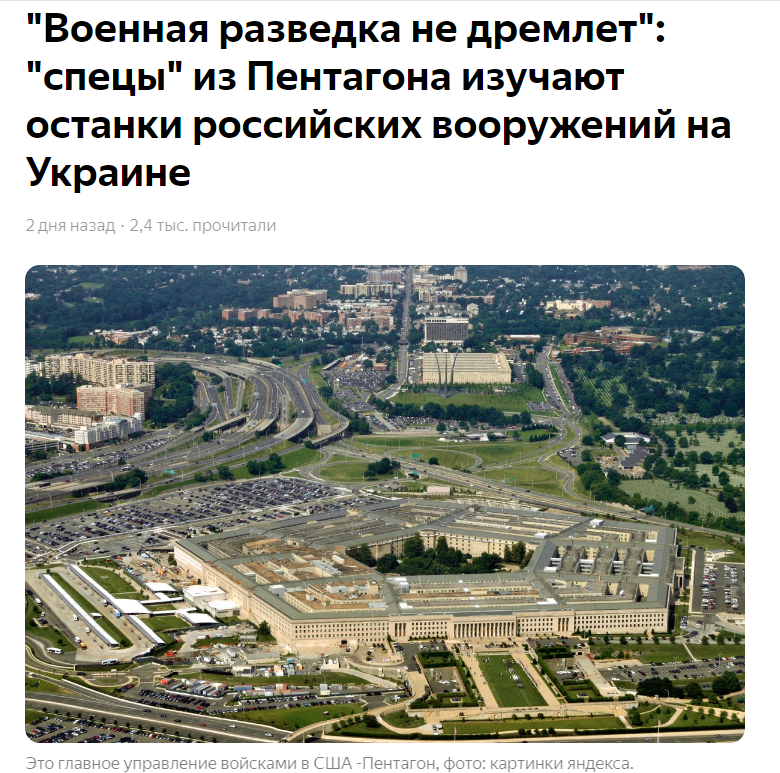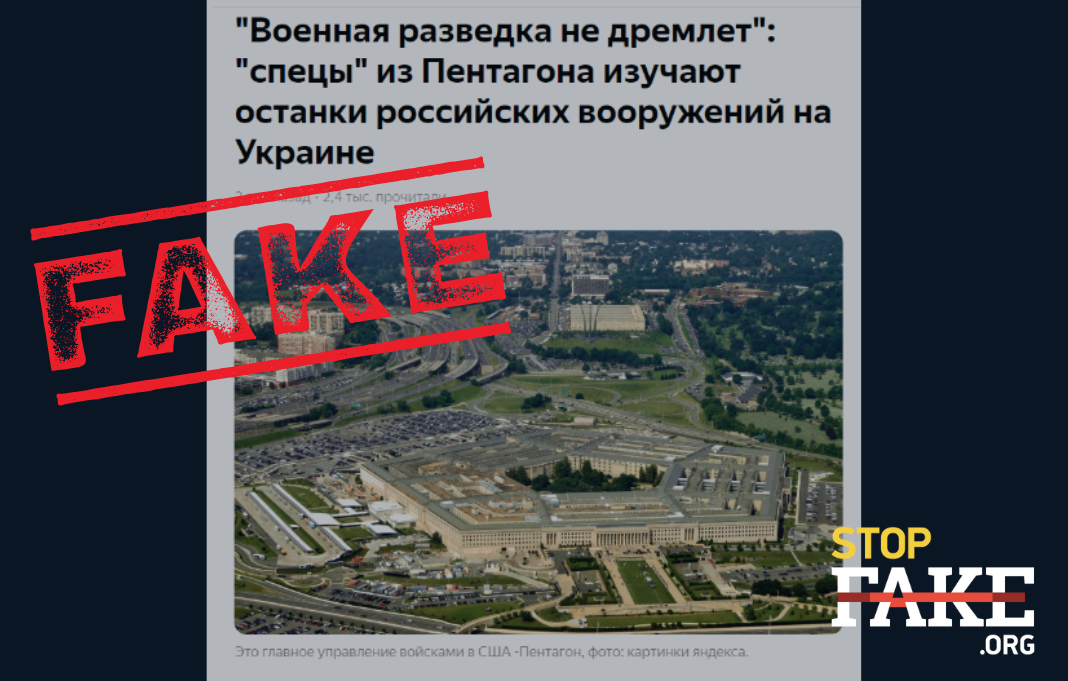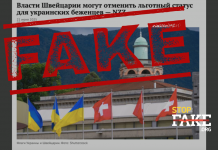Pentagon researchers have arrived in Ukraine to investigate Western technologies being used by the Russian military-industrial complex. American experts have found that nearly all advanced technology used in Russian weapons includes parts made in the United States and the European Union. Presently several countries are investigating how their production components got into Russian weapons systems and bypassed global restrictions on sending advanced technology to Russia.
Russian media, as well as social media users, citing The New York Times, reported that Pentagon representatives are carefully studying advanced Russian equipment captured in battles in Ukraine, “in the hope of copying it and getting it for themselves.”
Aleksey Leonov, an alleged “military expert” who has circulated disinformation in the past, told the propagandist publication Life.ru that the US should not celebrate any great discoveries, as the equipment they examined is not the best and most advanced weaponry that Russia possesses.

“In the special operation in Ukraine, Russian armed forces are using combat-ready equipment, but it is not the most modern equipment, as from the very beginning we considered that Western experts would get their hands on it to study it” Leonov claims.
One social media account claims that Pentagon specialists carried out field trips to sites where Russian Kinzhal missiles detonated so that the US could play quick catch-up with Russian hypersonic missile technology: “This is how they play catch up. Not having similar advanced technology of their own, US technological intelligence is studying someone else’s!” The Pentagon has confirmed that Russia has used this type of missile in its war against Ukraine, firing some 10-12 missiles.
On June 2 the New York Times reported that Pentagon investigators were in Ukraine on the invitation of the Ukrainian Security Service to conduct independent analyses of Russian military technology. The purpose of the trip was not to “obtain advanced Russian technologies” as the propagandists claim, but rather to investigate how advanced US components got into Russian weaponry despite global restrictions on such technology transfers.
The investigators found that almost every piece of Russian hardware, including missile guidance systems and laser rangefinders, contain microchips, circuit boards, engines, antennas and other equipment produced in the US and EU countries. Russia however, resorted to various methods to disguise their origin. For example, some encrypted radios contained microchips with carefully erased US-made markings. An expert inspecting the equipment said it is not clear who changed the markings on the chips and when they were delivered to Russia, but the attempt to hide their origin was deliberate.
British media have also written about the Russian weapons industry’s dependence on Western components. Experts were able to examine Russian weapons captured by Ukrainian troops. Several UK-made high-frequency transistors, which can be used in both military and civilian applications, were found in the Russian Borisoglebsk-2 mobile jamming system.
Russian propagandists claim that Pentagon investigators carefully studied the “advanced technology” of the Kinzhal hypersonic missile. The New York Times article does not mention the Kinzhal at all, it refers to Russian Orlan and Tachyon surveillance drones, cruise missile guidance systems, laser range finders and encrypted transistor radios. Although Russian propaganda refers to the Kinzhal missile as “advanced Russian technology” military experts point out that the missile is more hype than threat and is simply a modified version of an older rocket and is not considered an advanced weapon. In March US President Joe Biden said that the Kinzhal missiles were no different from previously produced Russian missiles, except that they are difficult to shoot down with air defense systems. StopFake debunked Russian propaganda claims that the US President admitted he was afraid of the Kinzhal missile.
After the Russian occupation of the Ukraine’s Crimea peninsula, the US and EU countries imposed the first restrictions on the supply of high technology items and the sale of high-performance computer chips to Russian companies. After Russia’s full-scale invasion of Ukraine, an embargo on the supply of advanced technologies to Russia also went into effect, ending the export of semiconductors, computers, lasers, telecommunications equipment and other components, thus making it difficult for Russia to replenish stocks of precision-guided arms. According to US Commerce Secretary Gina Raimondo, these measures are having a significant impact on Russia’s military-industrial complex. “U.S. exports to Russia in the categories where we have export controls, including semiconductors, are down by over 90 percent since Feb. 24,” Raimondo told the New York Times.
Presently, several countries, including the US and the UK, are conducting investigations into how their components and parts evaded the current embargos and export controls and ended up in Russian weapons systems.





